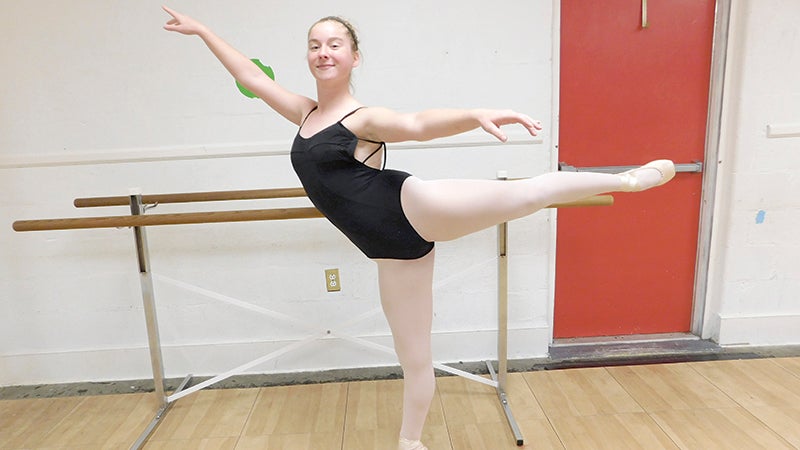Drone could help swamp
Published 10:20 pm Tuesday, October 7, 2014

NASA researcher Mike Logan plans to use this small unmanned aerial vehicle to check for fires at the Great Dismal Swamp National Wildlife Refuge as part of an agreement with the U.S. Fish and Wildlife Service. (NASA Langley/David C. Bowman)
New technology from NASA could soon help provide early detection and mitigation of fires in the Great Dismal Swamp National Wildlife Refuge.
NASA’s Langley Research Center in Hampton has signed a one-year agreement with the U.S. Fish and Wildlife Service to test using small drones to detect brush and forest fires, according to a NASA press release.
The swamp suffered expensive and devastating wildfires in 2011 and 2008. Both cost more than $10 million to extinguish.
It was during that 2011 fire, during which smoke spread as far as Maryland, that Mike Logan, the research lead at Langley, got the idea.
“I made a phone call to the local fire captain after days of inhaling peat bog smoke,” Logan said. “I learned most fires are caused by lightning strikes, and the only way they can spot them is by hiring an aircraft to do an aerial survey of the huge swamp. So I figured why not use an (unmanned aerial vehicle) as a fire detector?”
The agency has developed a 15-pound device equipped with cameras and transmitters that can fly about 40 miles an hour, though it will be flown slower when seeking wildfires. It has a camera in its nose that can be used to spot plumes of smoke, as well as an infrared camera in the body that points down to detect hot spots.
The drone has a range of about eight miles and can stay aloft for as long as an hour before the batteries need to be recharged.
It will need to be approved by the Federal Aviation Administration, according to the release.
“This could be something more cost-effective and readily available,” said Chris Lowie, the refuge manager, adding that detecting small fires is critical to keeping down the costs of extinguishing them after they get out of control.
Currently, after a thunderstorm, the service has to bring in a helicopter from Roanoke and pay $4,000, at a minimum, to operate it as it searches for smoke from lightning strikes. And the smoke is not always available right away, Lowie said.
If all goes well with the drone, it could be rolled out to refuges nationwide, Lowie said.
“No other refuge and no other station has explored this technology,” Lowie said. “We could be finding out if this is a viable tool in the toolbox for nationwide.”
Lowie said the drone could also be useful in situations like ecological surveys or searching for lost people in the swamp.
“It doesn’t happen very often, but it happens,” Lowie said.
It also could have been useful, had it been available, during last year’s search for a small plane with four people aboard that went down in the swamp. The search lasted more than 24 hours, and all four were dead when rescuers arrived.





